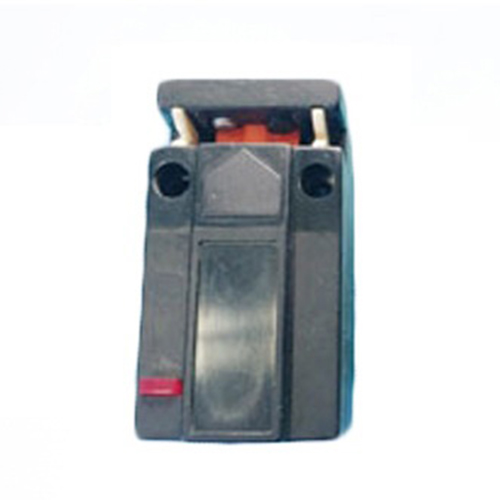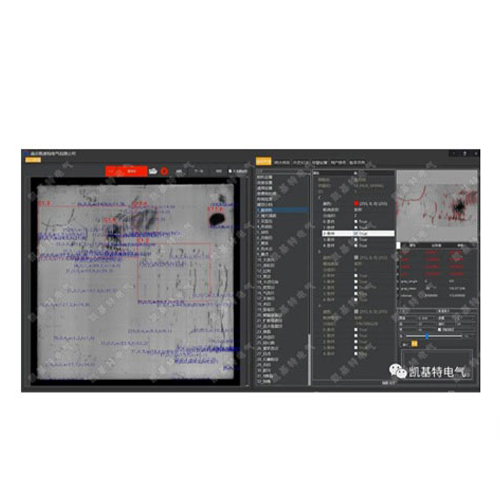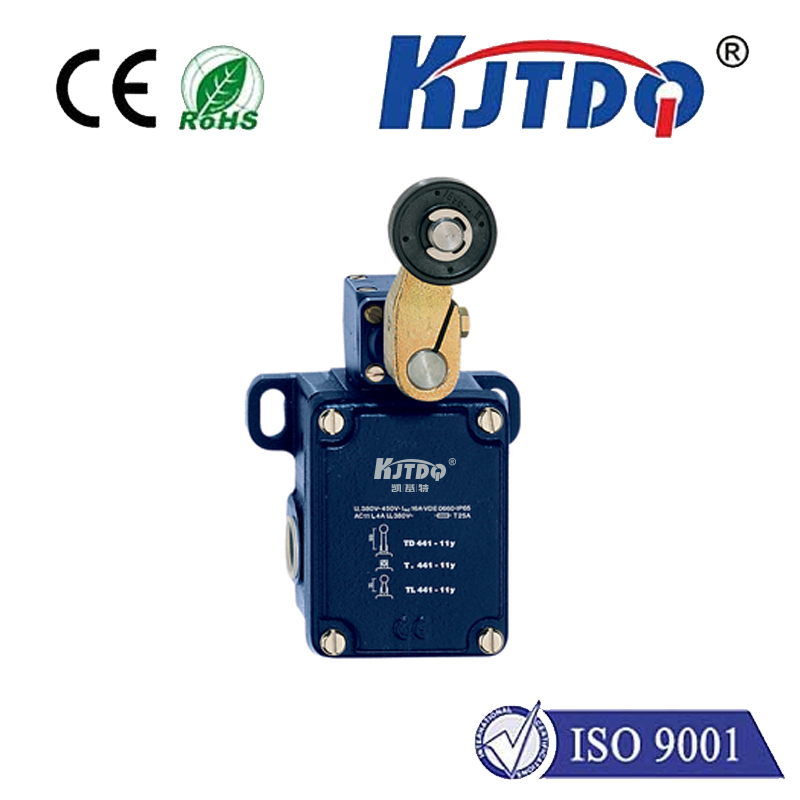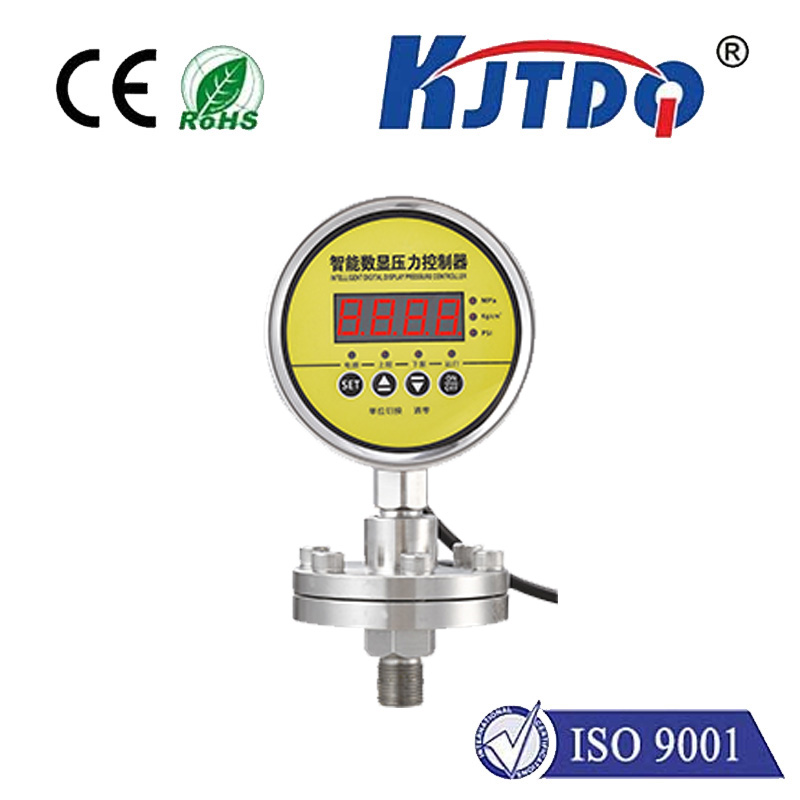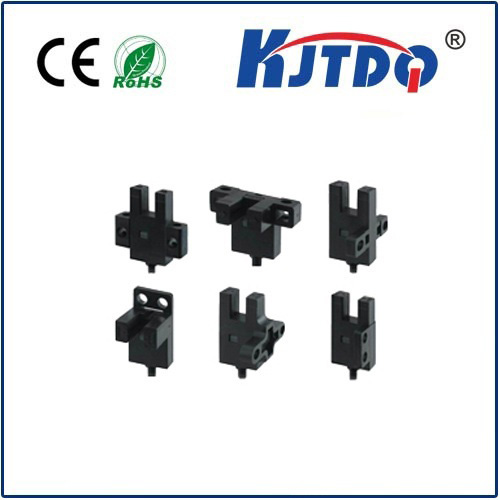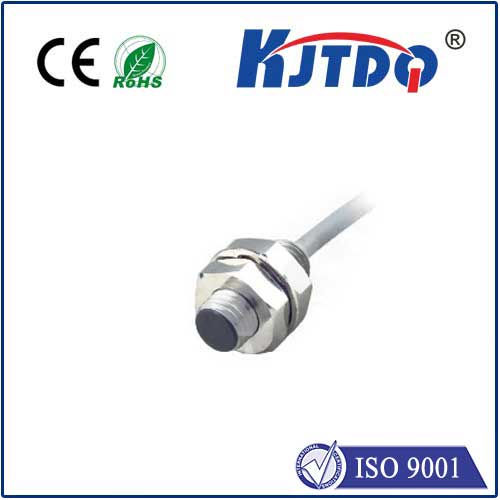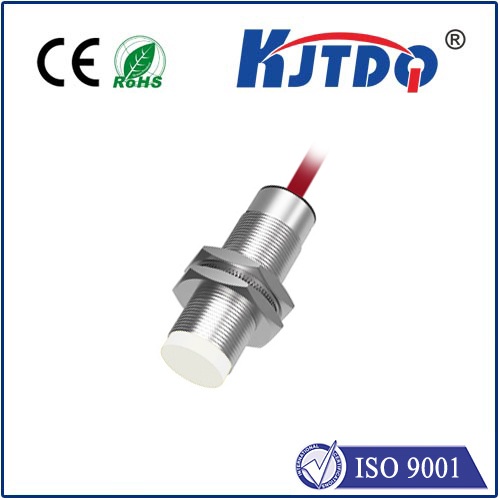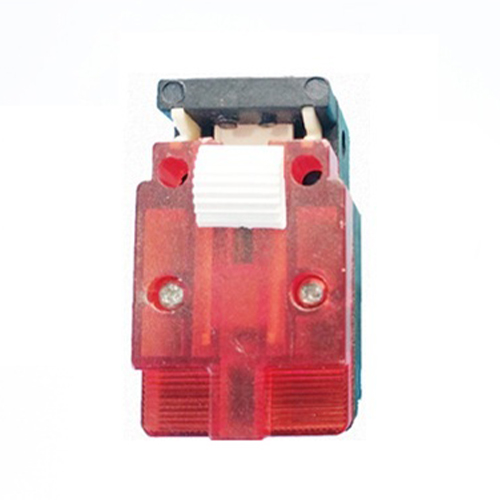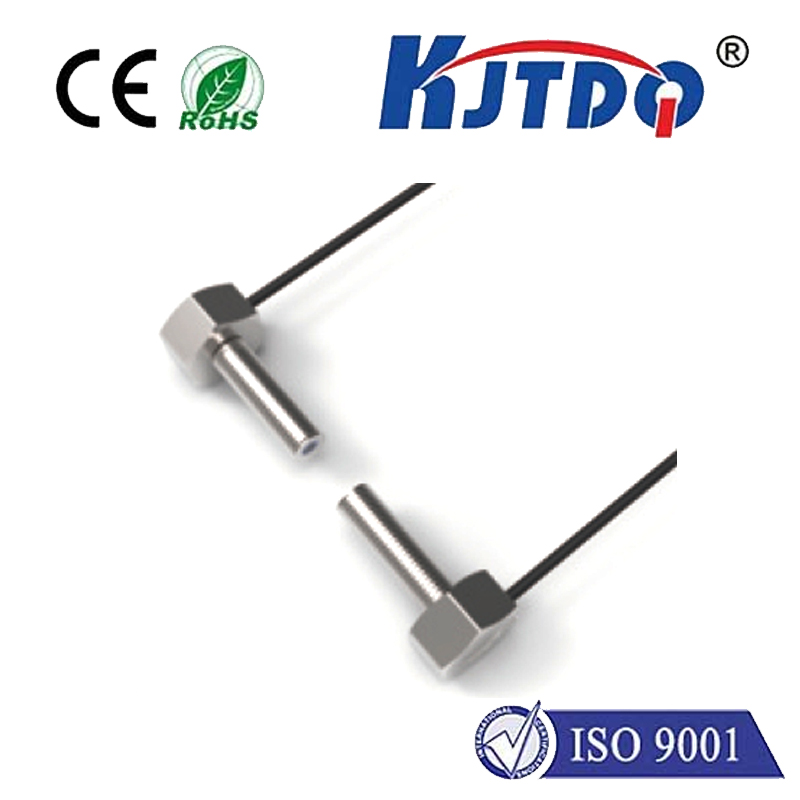pneumatic cylinder proximity sensor
- time:2025-06-20 01:25:58
- Click:0
The Silent Sentinel: How Pneumatic Cylinder Proximity Sensors Revolutionize Automation
Imagine a factory floor humming with activity: robotic arms welding, conveyor belts transporting parts, and pneumatic cylinders tirelessly pushing, pulling, and lifting. Now, picture the chaos if nobody knew precisely where those critical cylinders were at any given moment. Stalled production, damaged products, even safety hazards – the consequences could be severe. Enter the often-overlooked yet indispensable hero: the pneumatic cylinder proximity sensor. This unassuming device is the linchpin for reliable, efficient, and safe automated motion control, providing the crucial feedback that tells the control system, “Yes, the cylinder has moved here.” Understanding its role is fundamental to maximizing modern automation’s potential.
Beyond Guesswork: The Imperative of Knowing Cylinder Position
Pneumatic cylinders, powered by compressed air, are workhorses in automation due to their simplicity, robustness, and cost-effectiveness. They excel at linear motion tasks – clamping, ejecting, positioning, feeding. However, compressed air is compressible, meaning cylinder speed isn’t perfectly constant, and external forces can affect stroke completion. Relying solely on timers or air pressure signals to assume position is risky and imprecise. This is where the proximity sensor becomes mission-critical. Its sole purpose: to detect the physical presence (or absence) of the cylinder’s piston rod or an attached target (like a magnet or metal flag) at a specific point in its stroke with high reliability.
This detection provides binary feedback – “Extended/Retracted,” “Part Clamped/Unclamped,” “End of Stroke Reached/Not Reached” – acting as the essential feedback loop for the Programmable Logic Controller (PLC) or other control systems. Without this confirmation, processes cannot proceed safely or efficiently.

The Core Mechanism: Sensing Without Touch
The defining feature of a proximity sensor is its non-contact operation. Unlike mechanical limit switches that require physical actuation, proximity sensors detect the presence of a metallic (or sometimes other material) target without any direct touch. This eliminates wear and tear from physical impact, significantly enhancing longevity and reliability, especially in high-cycle applications common with pneumatic cylinders.
Several technologies dominate pneumatic cylinder sensing:
- Inductive Proximity Sensors: The most common type for cylinder sensing. They generate an electromagnetic field. When a ferrous metal target (like the steel piston rod or an attached metal flag) enters this field, it induces eddy currents within the metal. The sensor detects this change in the field and triggers its output switch. Key Advantages:
- Excellent reliability and long life due to non-contact design.
- Immune to dirt, dust, oil, and moisture (with appropriate IP ratings).
- Suitable for harsh industrial environments.
- Fast response times.
- Limitation: Primarily detects ferrous metals; non-ferrous metals require specific sensor types or target materials.
- Magnetic Proximity Sensors (Reed Switches / Solid-State): Designed explicitly to detect the magnetic field of a permanent magnet. A small magnet is typically embedded in the cylinder’s piston. As the piston moves, the magnet passes near the sensor body mounted externally on the cylinder barrel. The sensor detects the magnetic field change and switches its output.
- Key Advantages:
- Simple installation – clamped externally to the cylinder barrel.
- Not reliant on the cylinder being metallic; works with stainless steel or non-metallic cylinders if a magnet is fitted.
- Reliable position detection.
- Limitations: Output strength can be affected by strong external magnetic fields. Requires a correctly oriented magnet and sensor pairing. Sensing distance is typically shorter than inductive.
- Capacitive Proximity Sensors: Detect changes in capacitance caused by the presence of any material (metal, plastic, wood, liquid) that differs from air. Less common for direct cylinder rod sensing but useful for detecting non-metallic targets attached to the cylinder or the presence/absence of materials actuated by the cylinder.
- Key Advantage: Detects non-metallic objects.
- Limitation: Can be influenced by environmental factors like humidity or contamination on the sensor face; typically shorter sensing ranges than inductive.
Selecting the Right Sensor: Key Considerations
Choosing the optimal pneumatic cylinder sensor involves several factors:
- Cylinder Type & Target: Is it a standard steel rod? A stainless cylinder with no inherent ferrous target? Does it have an integrated magnet? This dictates sensor technology (inductive vs. magnetic).
- Required Sensing Position: End-of-stroke positions (extended/retracted) are most common, but sometimes intermediate positions are needed. Sensor mounting flexibility is key.
- Mounting Constraints: Space around the cylinder? Barrel mounting (often used for magnetic sensors) or rod/bracket mounting? Many sensors offer versatile mounting brackets or threaded bodies for easy installation.
- Environmental Conditions: Exposure to oils, coolants, washdowns, extreme temperatures, or welding sparks? Ensure the sensor’s IP rating (Ingress Protection) and housing material (e.g., nickel-plated brass, stainless steel) are suitable. Robustness is paramount.
- Electrical Requirements: Voltage (12-24V DC common), current rating, output type (NPN/PNP, Normally Open/Normally Closed) must match the control system’s input card specifications.
- Sensing Distance: Ensure the rated sensing distance reliably detects the target under all operating conditions, accounting for potential misalignment or target variations.
- Response Time: Critical for high-speed applications to ensure the signal is captured reliably during rapid cylinder movement.
The Tangible Impact: Why Proximity Sensors Are Non-Negotiable
Integrating reliable cylinder position sensors delivers profound benefits:
- Enhanced Process Control & Sequencing: Precise end-position confirmation is fundamental for triggering the next step in an automated sequence. No guesswork, no wasted time.
- Increased Efficiency & Productivity: Eliminates unnecessary cycle delays caused by waiting for timers. Prevents jams and downtime due to failed strokes going undetected.
- Improved Safety: Critical in applications like guarding or clamping. Sensors verify a cylinder is safely retracted before granting access or confirm a part is securely clamped before machining begins – preventing potentially hazardous situations.
- Error Detection & Downtime Reduction: Immediate detection of failures (e.g., cylinder sticking due to lack of lubrication, broken rod, air leak) allows for rapid intervention and minimizes production losses. Predictive maintenance becomes easier.
- Optimized Machine Speed: Reliable position feedback allows control systems to run processes at maximum safe speed without uncertainty.
- Data Collection & Traceability: Sensor status feeds into control systems, enabling data logging for process monitoring, quality control, and troubleshooting.
Applications Spanning Industries
From packaging lines placing caps onto bottles to automotive robots welding car bodies, from CNC machine tool changers to food processing conveyor diverters, anywhere pneumatic cylinders provide motion, proximity sensors are silently ensuring everything proceeds as planned. They are foundational in:
- Assembly Automation: Verifying part presence, clamp status, tool positioning.
- Material Handling: Confirming pusher/stopper positions on conveyors, gripper open/close status.
- Packaging Machinery: Detecting case erector positions, filling head actuation, sealing bar engagement.
- Automotive Manufacturing: Precise positioning in welding jigs, part transfer systems, hood/trunk latching verification.
- Robotic Workcells: Ensuring end-effectors












